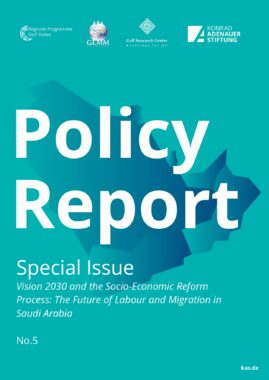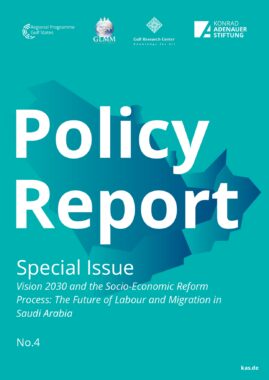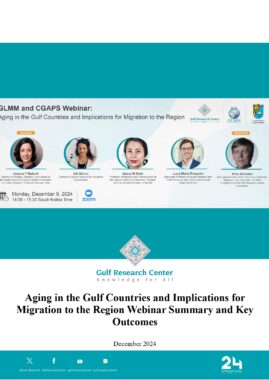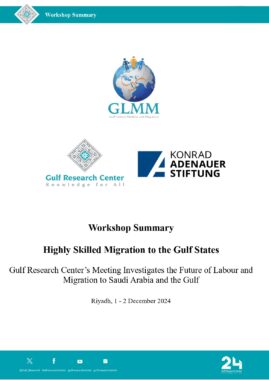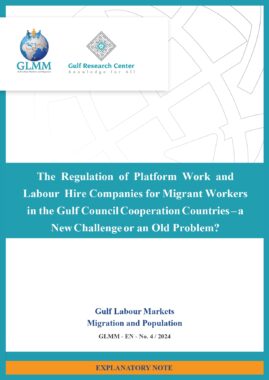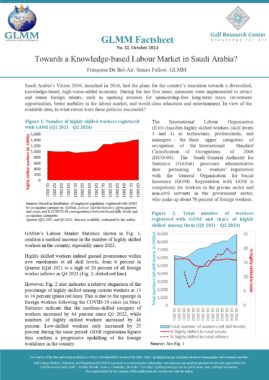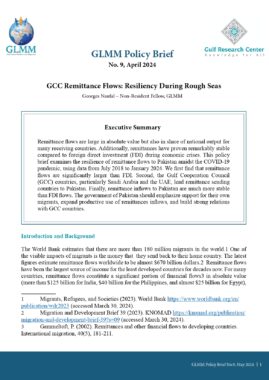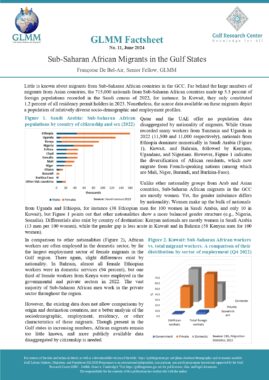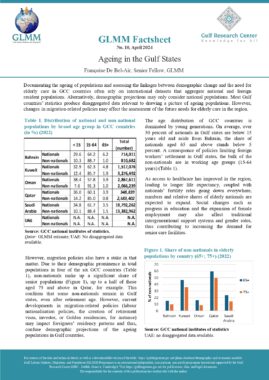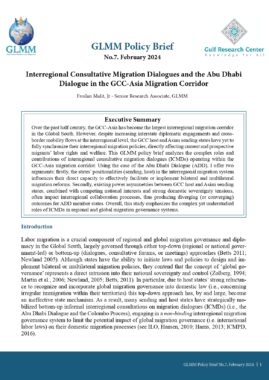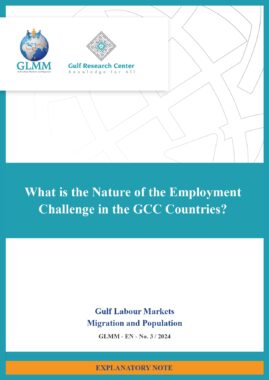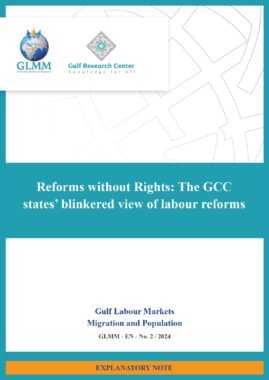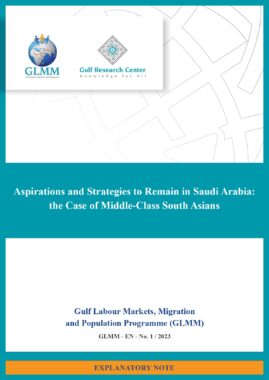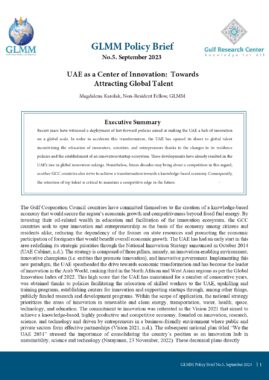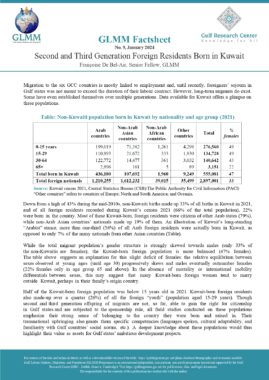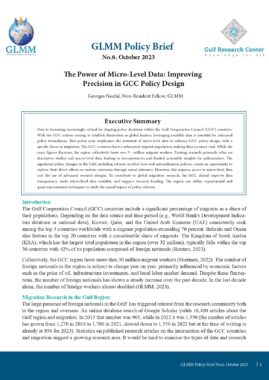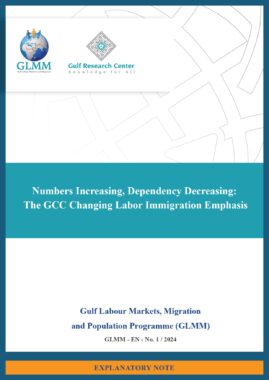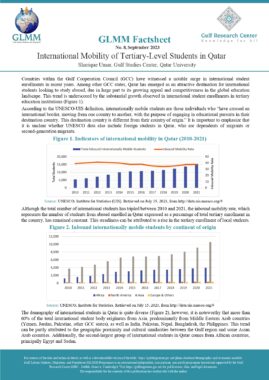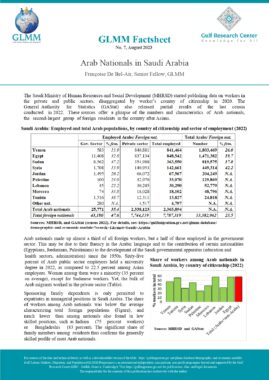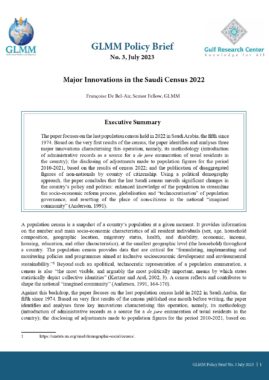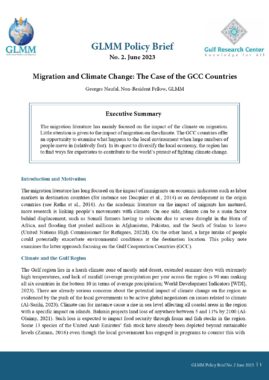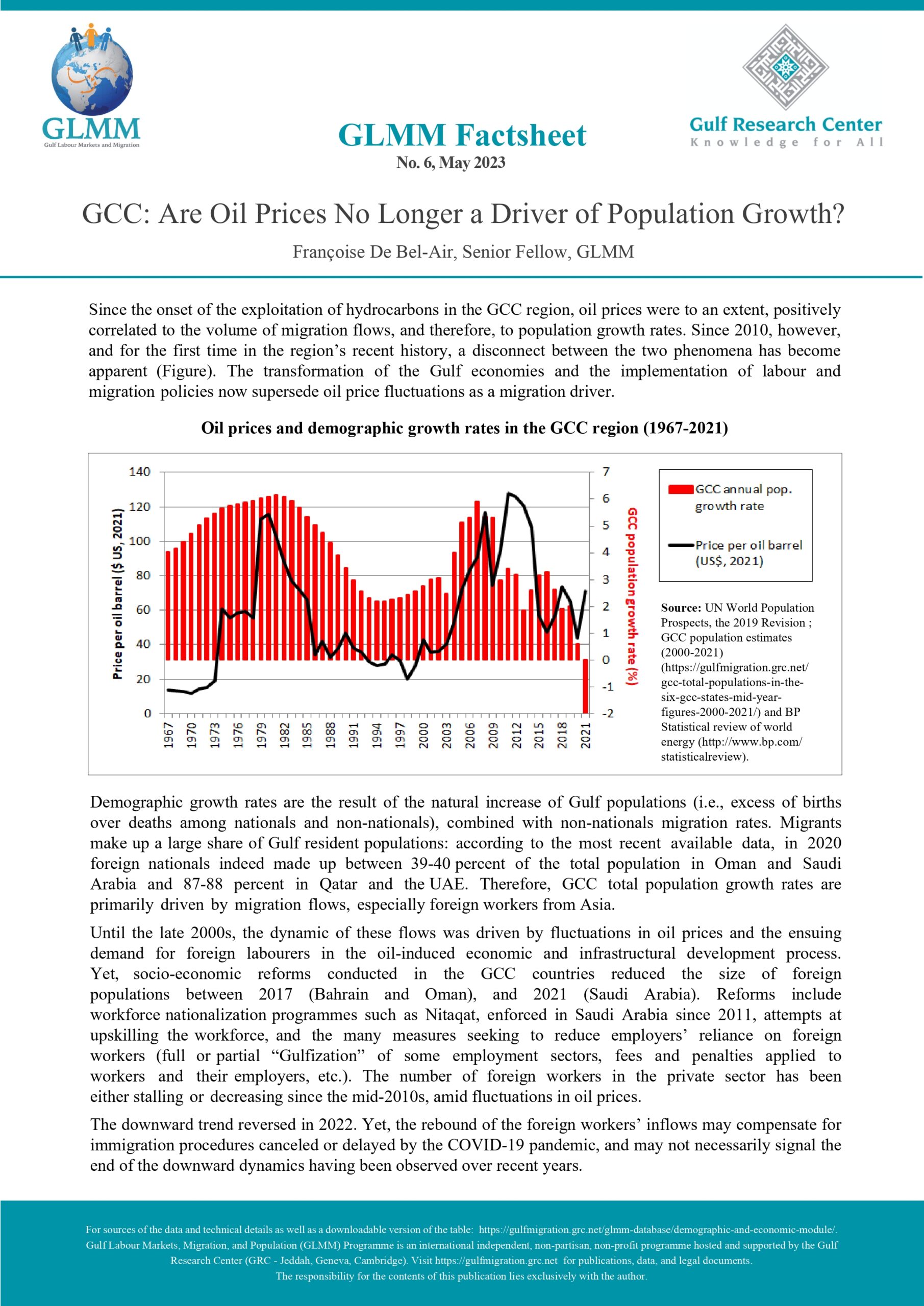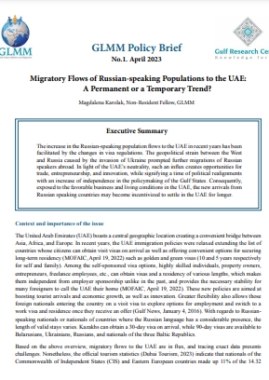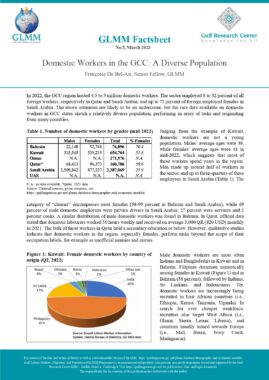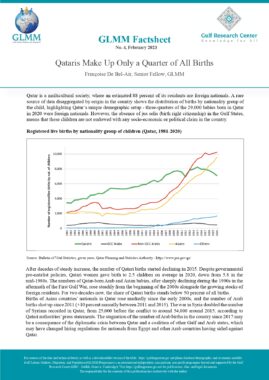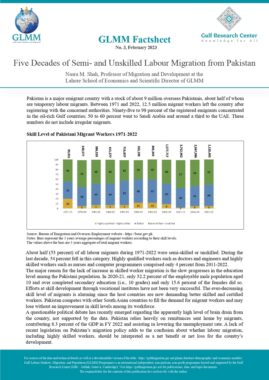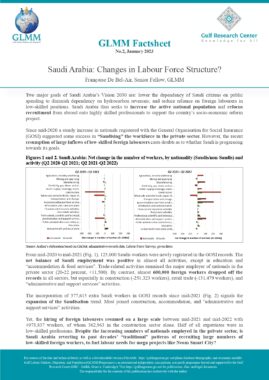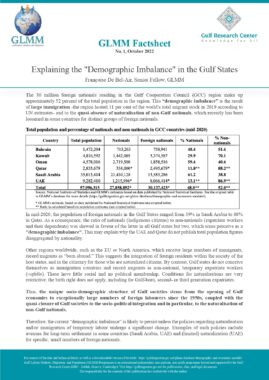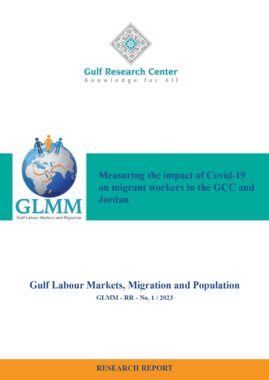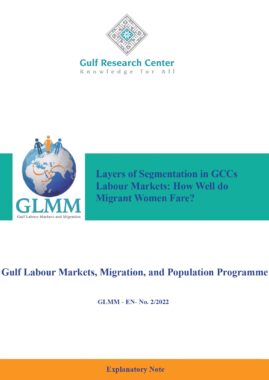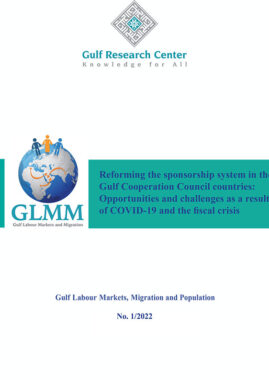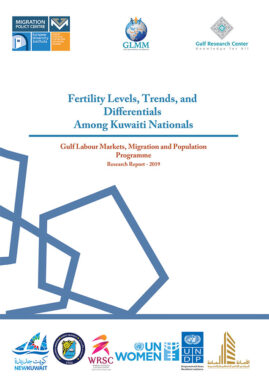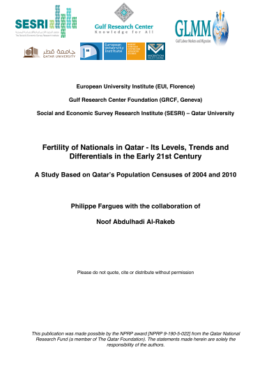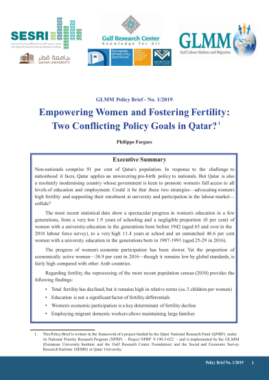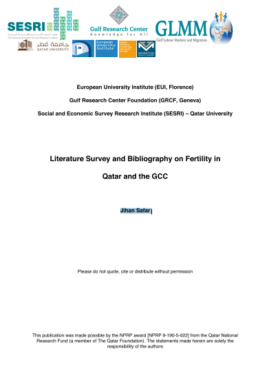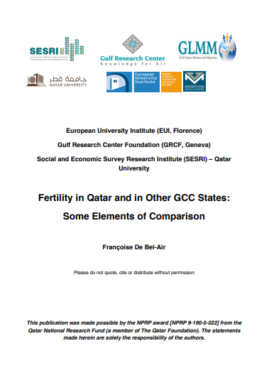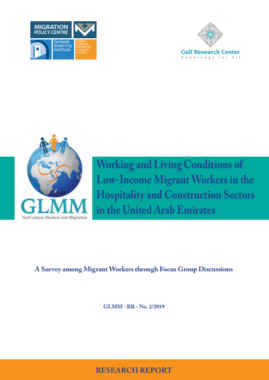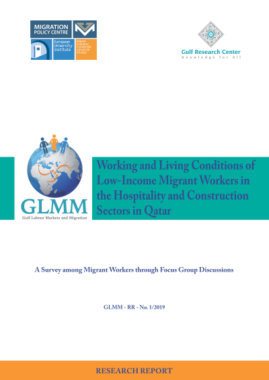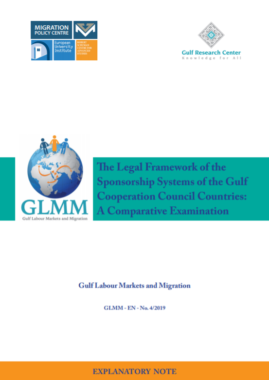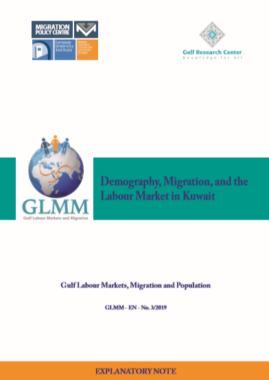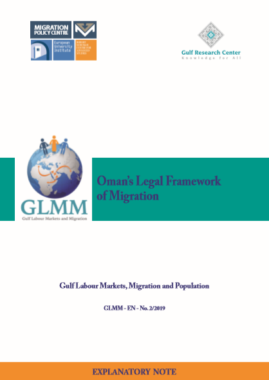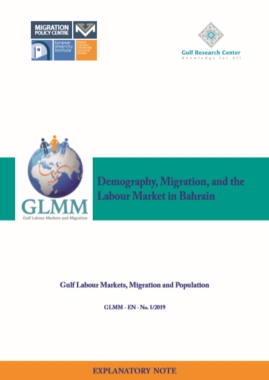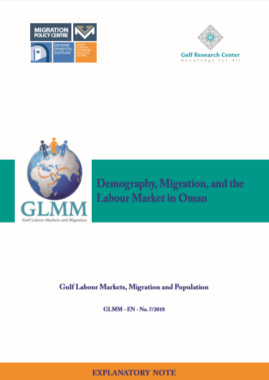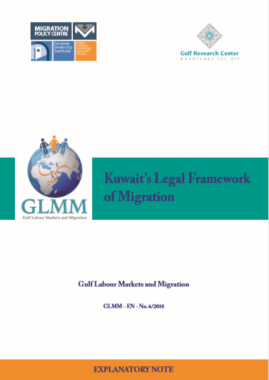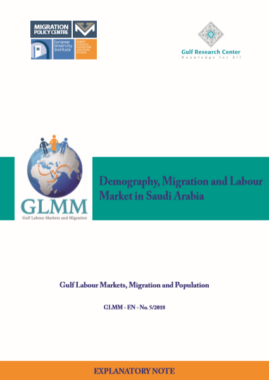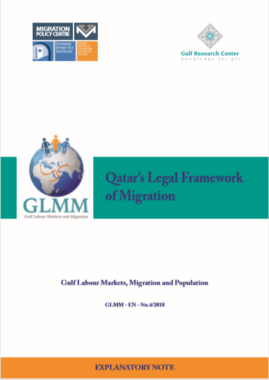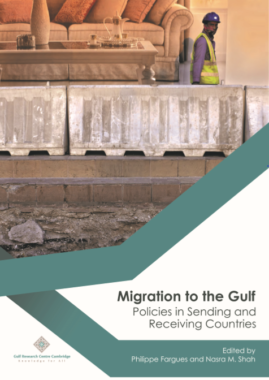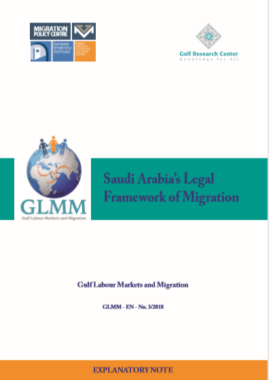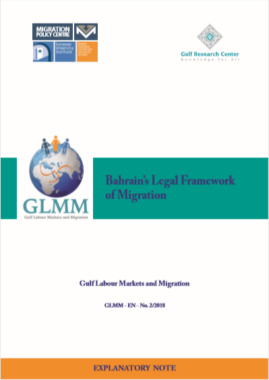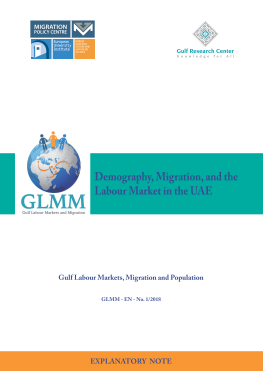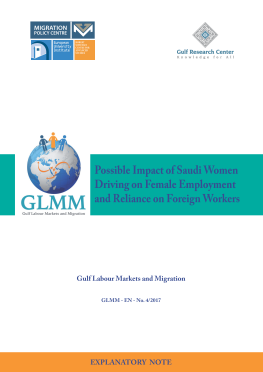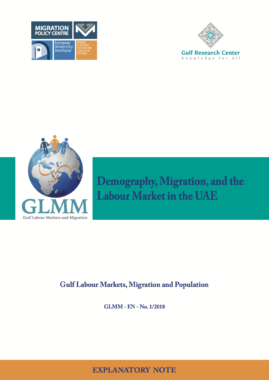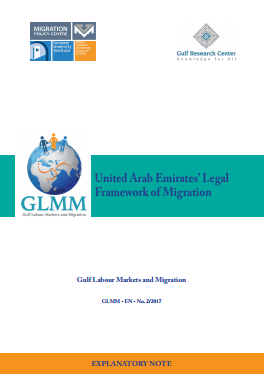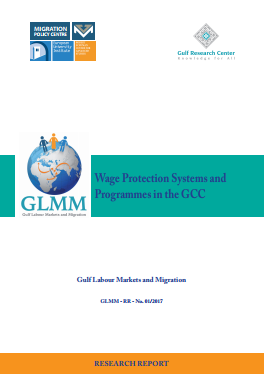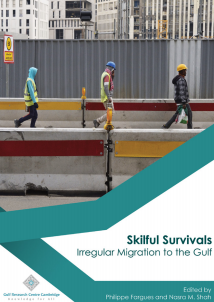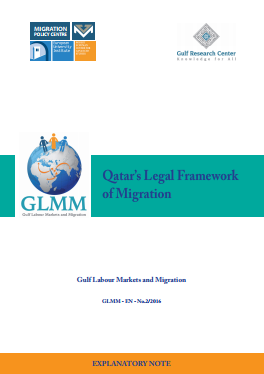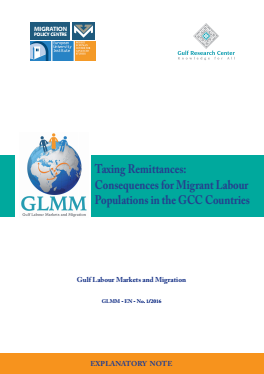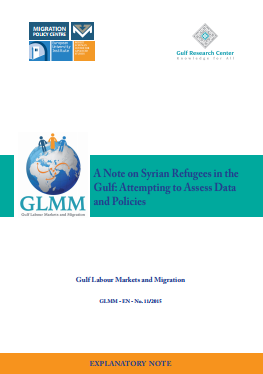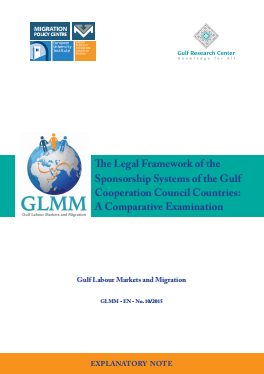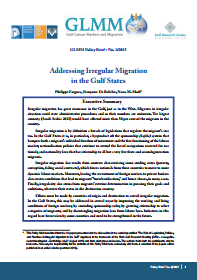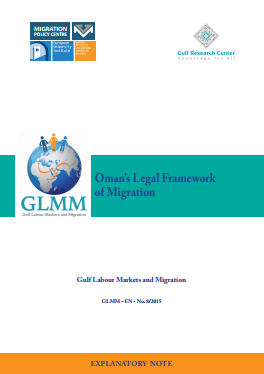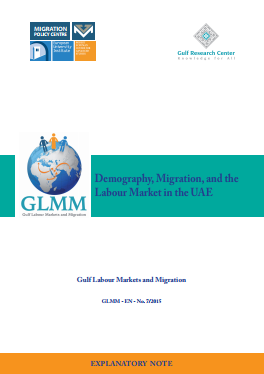Terminology
The Gulf Labour Markets, Migration and Population (GLMM) Programme uses the two internationally accepted definitions provided by the United Nations for “international migrant:”
- The first applies to the individual, who is defined “as any person who changes his or her country of usual residence. A person’s country of usual residence is that in which the person (…) normally spends the daily period of rest” (UN 1998, p. 17). “A long-term migrant is a person who moves … for a period of at least a year (12 months)… A short-term migrant … for a period of at least 3 months” (UN 1998, p. 10).
- The second applies collectively to the migrant population and defines the “international migrant stock [as] the number of people living in a country or area other than that in which they were born” (UN 2009; UN 2013).
GLMM is aware of the fact that the words migration (Arabic: hijra) and migrant (muhajir) are generally not used in the member states of the Gulf Cooperation Council (GCC) and that, instead, other terms are used to describe the foreign nationals who enter the GCC countries such as: those who came from outside (al-wafidun); migrant workforce (al-‘amala al-wafida); foreign workforce (al-‘amala al-ajnabiyya); non-nationals (ghayr muwatinun); expatriates (al-mughtaribun), etc.
GLMM prefers the terms “inward migration” and “outward migration” to, respectively, “immigration” and “emigration” that are commonly understood as movements of persons who intend to settle at a destination.
GLMM as a scientific, independent and non-partisan programme and its institutional partners, GRC and MPC/EUI, have no official opinion concerning the duration of stay of foreign nationals; whether they intend to settle or return to their country of origin; whether they are allowed to settle or not; whether they are de facto long-term residents or not; whether they want to become GCC citizens or not, etc. GLMM collects data – in primis, official data produced by the GCC states and by countries of origin – and documents (e.g., laws, plans, and policies) that describe population by citizenship, country of birth, duration of residence, education, occupation, etc.
References
- United Nations (1998), Department of Economic and Social Affairs, Statistics Division, “Recommendations on Statistics of International Migration, Revision 1,” Statistical Papers Series M, No. 58, Rev. 1, New York, 1998, ST/ESA/STAT/SER.M/58/Rev.1. http://unstats.un.org/unsd/publication/SeriesM/seriesm_58rev1e.pdf.
- United Nations, Department of Economic and Social Affairs, Population Division (2009), “Trends in International Migrant Stock: The 2008 Revision,” United Nations database, POP/DB/MIG/Stock/Rev.2008, https://www.un.org/en/development/desa/population/publications/pdf/migration/mig-stock.pdf.
- United Nations, Department of Economic and Social Affairs, Population Division (2009), “International Migration 2013 Wallchart,” United Nations publication, Sales No. E.8.XIII.8, http://www.un.org/en/development/desa/population/publications/migration/migration-wallchart-2013.shtml.
